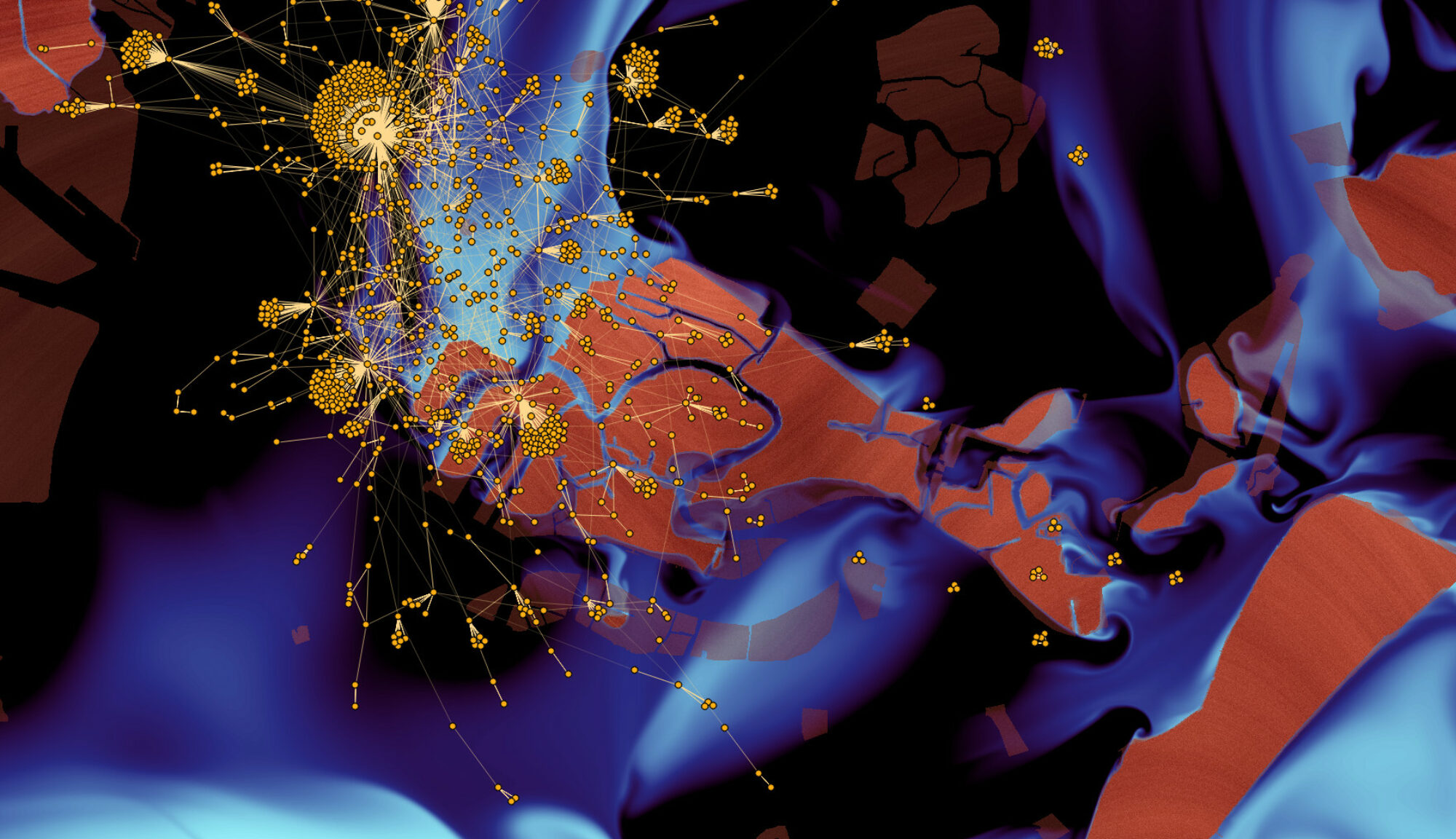Sergey Kirgizov
Lundi 04 julliet 2016 à 11h, salle 24-25/405
At first, we say that a ego-community structure is a probability measure defined on the set of network nodes. Any subset of nodes may engender its own ego-community structure around. Many community detection algorithms can be modified to yield a result of this type, for instance, the personalized pagerank. We also recall that community detection algorithms (including personalized pagerank) can be viewed from different perspectives: random walks, convergence of markov chain, spectral clustering, optimization, mincut(s), discrete cheeger inequality(ies), etc. Next, we present a continuous version of Viard-Latapy-Magnien link streams, that we call « temporal density ». Classical kernel density estimation is used to move from discrete link streams towards their continuous counterparts. Using matrix perturbation theory we can prove that ego-community structure changes smoothly when the network evolves smoothly. This is very important, for example, for visualization purposes. Combining the temporal density and personalized pagerank methods, we are able to visualize and study the evolution of the ego-community structures of complex networks with a large number of temporal links in order to extract interacting information. For example, we can detect events, trace the evolution of (ego-)community structure, etc. We illustrate and validate our approach using « Primary school temporal network data » provided by sociopatterns.org, and we show how the temporal density can be applied to the study of very large datasets, such as a collection of tweets written by European Parliament candidates during European Parliament election in 2014.
